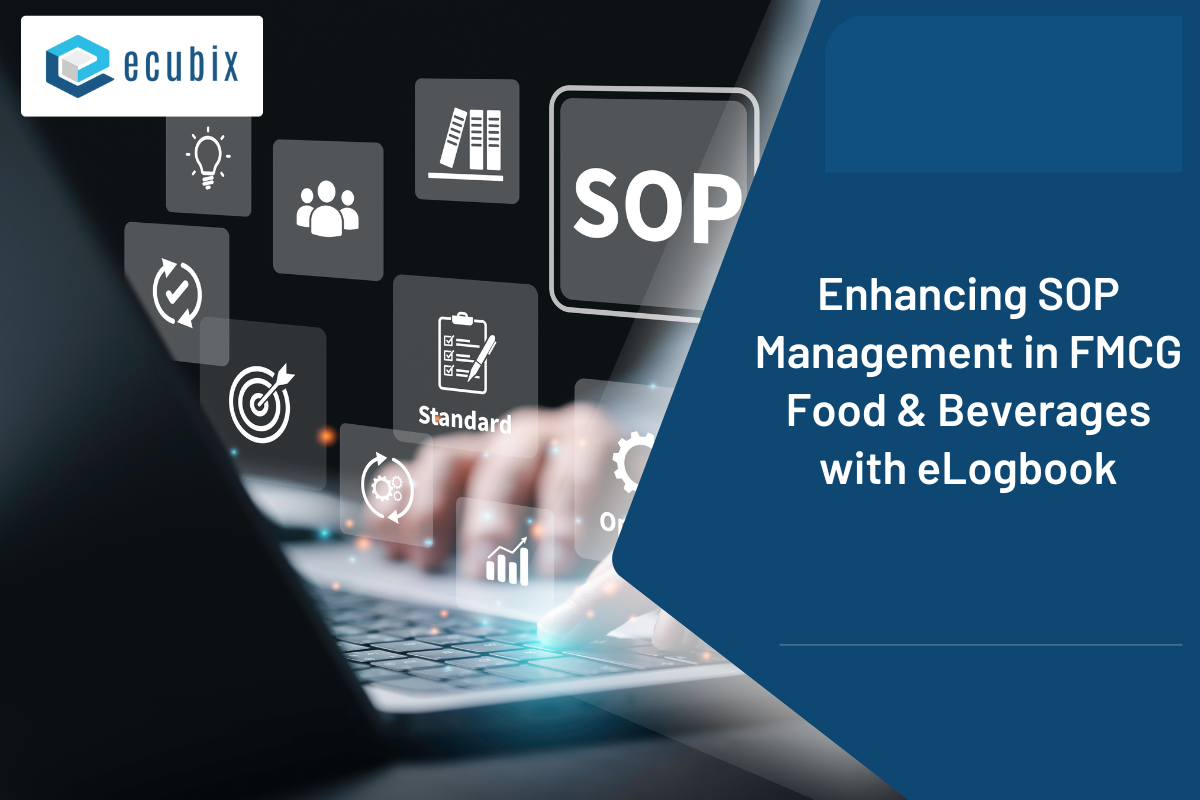
Table of Contents
Published on: March 3, 2023
Reduced Environmental Impact using electronic checklist
You’re looking to reduce your environmental impact and make a difference, but have no idea where to start?
We assist organizations to achieve eco-friendly processes throughout the production process. Our products help to reduce carbon footprint! Implement digitalization and automation in the company to leave a positive impact on the environment and clients.
Digitalization
Digitalization of checklists and logbooks is a great way to reduce the environmental impact of paper-heavy operations. As such, more and more organizations are making the switch to digital technology, such as electronic checklists or digital logbook software.
Digital checklists for day-to-day operations reduce the need for printing paper to record notes and tasks. An electronic checklist orchestrated from a central dashboard can be shared with team members in real time, eliminating additional paperwork which would otherwise require prolonged filing and retrieval efforts. Over time, this method saves both financial resources, as well as valuable resources such as trees for paper production.
Similarly, an electronic logbook allows companies to store various records digitally instead of having them printed out. This assures that data is secure and accurately tracked instead of relying on loose sheets of paper which could easily be misplaced or mishandled in some way. Additionally, e-logbooks also promote better collaboration as they facilitate annotation functions so that others can contribute to an entry if needed.
Digitalization is certainly beneficial in terms of reduced paperwork requirements and improved efficiency by streamlining processes across departments (such as quality control). With an electronic checklist or digital logbook system in place, organizations are able to ensure more thorough records accuracy while minimizing their environmental footprint at the same time.
Audit Tool
Creating an easy audit trail and reducing environmental impact is a must-have for any business today. The use of process validation tools is essential to ensure companies are meeting industry regulations and standards. An audit tool can be used to provide insight into the specific processes that are being employed by a business in order to reduce environmental impacts.
Planning for the use of an audit tool is the first step; it should be tailored specifically to identify how effective behaviours, operations, or procedures are impacting the environment. The results should provide evidence of positive steps taken towards improving the company’s current state while highlighting gaps or failings in existing processes.
The chosen audit tool must measure existing conditions and system operations against established criteria and benchmarks that have been set in place by regulators or other industry bodies. Although some auditing tools may require significant evaluation, numerous options such as checklists, surveys and digital validation programs are available with detailed reports that can easily be followed for effective management of environmental procedures.
The aim of using an audit tool is not just about process validation; it’s also about accurate tracking when systems and procedures change over time to make sure companies stay compliant with industry regulations and ensure reduced environmental impact. With the correct monitoring system in place, businesses can more easily recognize anomalies which will help promote more efficient use of resources moving forward.
Electronic logbook management
Electronic logbook management is a system of recording and keeping track of events that can help businesses reduce the environmental impact they have. The traditional paper-based logbook uses up large amounts of resources such as paper and ink, which can be an expensive and time-consuming process to maintain. With an electronic logbook, data is stored electronically, meaning that fewer resources are required to keep it running. Also, since the information is stored digitally, it’s much easier to access and retrieve than physical logbooks that have to be searched through manually.
Moreover, electronic software also helps users cut down on printing costs. Instead of printing out report summaries or other documents associated with the logbook activities, users can simply access the relevant information online from any place with an Internet connection. This eliminates the need for cumbersome binders filled with bulky logbooks that consume too much space in workstations or storage rooms.
In addition to saving resources like paper and ink, one of the most important benefits of using an e-checklist is data security and accuracy. As user activity is being closely tracked within the system, there’s no room for discrepancies or errors in record keeping which makes it easier for businesses to comply with local regulations as well as provide reliable insights into their operations for decision-making purposes.
Employee Productivity
Enhance efficiency in employees and increasing overall productivity is an important element, it plays a crucial role to reduce the environmental impact of any business. Without a strong focus on productivity, it can be difficult to eliminate manual process limitations and make efficient use of resources. There are a few key factors for businesses to be considered to reach their sustainability goals.
First and foremost, businesses need to have an understanding of what tasks would benefit from automation. This will provide insight into which processes can be optimized with technology – eliminating time-consuming and often inefficient manual processes – and how those benefits will translate into the reduction in environmental impact. Automation also helps to minimize the amount of energy waste, reducing not only emissions but also operating costs.
In addition, effective data management is essential for tracking progress toward sustainability targets. Automated data capture eliminates the need for manual inspection and improves efficiency throughout the entire process chain while increasing the accuracy of record-keeping at every step. By employing these measures, businesses will be well-equipped to optimize employee productivity while still meeting sustainable performance standards.
21CFR11 compliance
Reduced environmental impact and sustainability can be achieved through the implementation of 21CFR11 compliance. 21CFR11 is a regulation set by the United States Food and Drug Administration (FDA) that outlines the necessary steps for electronic records management and signature. The FDA published this Compliance Policy Guidance in August 1997 to outline rules of use and operation for organizations that must meet certain functional requirements for safe and efficacious medical products.
Reduced environmental impact and sustainability can be achieved through the implementation of 21CFR11 compliance. 21CFR11 is a regulation set by the United States Food and Drug Administration (FDA) that outlines the necessary steps for electronic records management and signature. The FDA published this Compliance Policy Guidance in August 1997 to outline rules of use and operation for organizations that must meet certain functional requirements for safe and efficacious medical products.
The guidelines outlined by the 21CFR11 regulate digital processes that involve ensuring proper antiviral measures are taken, online data security is unbreachable, user authentication is verifiable, audit trails tracking changes in data or documents exist and backups of data occur. In addition, secure digital signatures are now accepted instead of paper-based signatures from system administrator or other authorized personnel.
Establishing compliance with 21CFR11 ensures corporate accountability for medical products management procedures because businesses must provide evidence documenting meeting all requirements via user controls. Ultimately, achieving this helps reduce environmental impact by decreasing paper-based filing methods in favour of paperless methods of data storage which not only reduces energy consumption but also creates an organized platform that allows businesses to better manage existing resources related to safety assessments or product quality assurance testing within a shorter time span than if they were to use traditional paper-based methods.
Sustainability is the key to ensuring the survival and well-being of our planet and all its inhabitants. It is crucial to promote sustainability practices in every aspect of our lives, from individual choices to corporate decisions. We can begin by reducing our carbon footprint through energy-efficient choices.

















